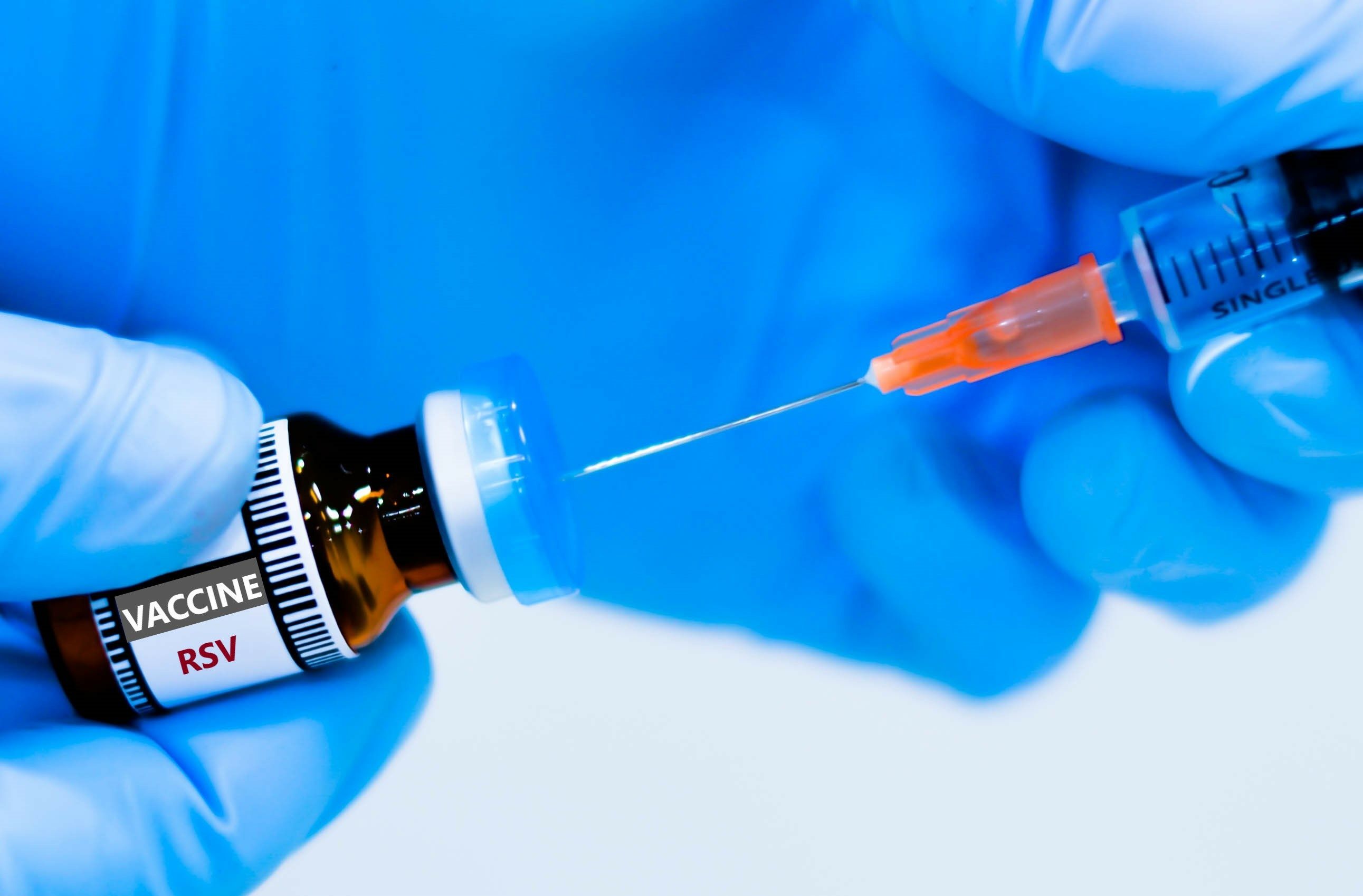Article
Novel Innovative Treatment for Depression Found
Author(s):
Soluble epoxide hydrolase may play a role in the pathogenesis of certain psychiatric diseases.
The most common and debilitating psychiatric disorder in the world may have a new, innovative treatment thanks to a chemical discovered in the Bruce Hammock laboratory at the University of California, Davis. The soluble epoxide hydrolase (sEH)—emerging as a therapeutic target that acts on various inflammatory or inflammation-linked diseases—was found to fight depression in a rodent study published in Proceedings of the National Academy of Sciences.
“The research in animal models of depression suggests that sEH plays a key role in modulating inflammation, which is involved in depression,” said Bruce D. Hammock, PhD, a distinguished professor of Entomology with a joint appointment at the UC Davis Comprehensive Cancer Center. “Inhibitors of sEH protect natural lipids in the brain that reduce inflammation and neuropathic pain. Thus, these inhibitors could be potential therapeutic drugs for depression.”
For the study, a team of researchers from Hammock’s Laboratory collaborated with depression expert Kenji Hashimoto, PhD, and colleagues at Chiba University Center for Forensic Mental Health in Japan to examine the role of a potent she inhibitor, TPPU, in a rodent of model of depression called “social defeat.”
The study investigators found that TPPU displayed rapid antidepressant effects in both inflammation and social defeat stress models of depression. They also found that sEH protein expression in the brain of chronically stressed (susceptible) mice was higher than that of non-stressed mice.
The finding mirrors the finding that sEH protein expression in postmortem brain samples of patients with psychiatric diseases, including depression, was higher than in samples from control patients, suggesting that increased sEH levels may play a role in the pathogenesis of certain psychiatric diseases.
Indeed, treating mice with TPPU before induced inflammation or repeated social defeat stress prevented the onset of depression-like behaviors. What’s more, sEH knockout (KO) mice did not show depression-like behavior after repeated social defeat stress, suggesting stress resilience.
“Moreover, sEH KO mice did not show depression-like behavior after repeated social defeat stress, suggesting stress resilience,” the study authors wrote. “The sEH KO mice showed increased brain-derived neurotrophic factor (BDNF) and phosphorylation of its receptor TrkB in the prefrontal cortex, hippocampus, but not nucleus accumbens, suggesting that increased BDNF-TrkB signaling in the prefrontal cortex and hippocampus confer stress resilience. All of these findings suggest that sEH plays a key role in the pathophysiology of depression, and that epoxy fatty acids, their mimics, as well as sEH inhibitors could be potential therapeutic or prophylactic drugs for depression.”
Commenting on the study, UC Davis researcher Christophe Morisseau, PhD, said, “Most drugs for psychiatric diseases target how neurons communicate; here we are targeting the wellness and environment of the neurons.” Morisseau’s colleague at UC Davis, Karen Wagner, added that the “rapid antidepressant action of the sEH inhibitor in these murine (mouse) models of depression is truly noteworthy because current antidepressants used in humans and animal models take weeks to have full effects.”
















